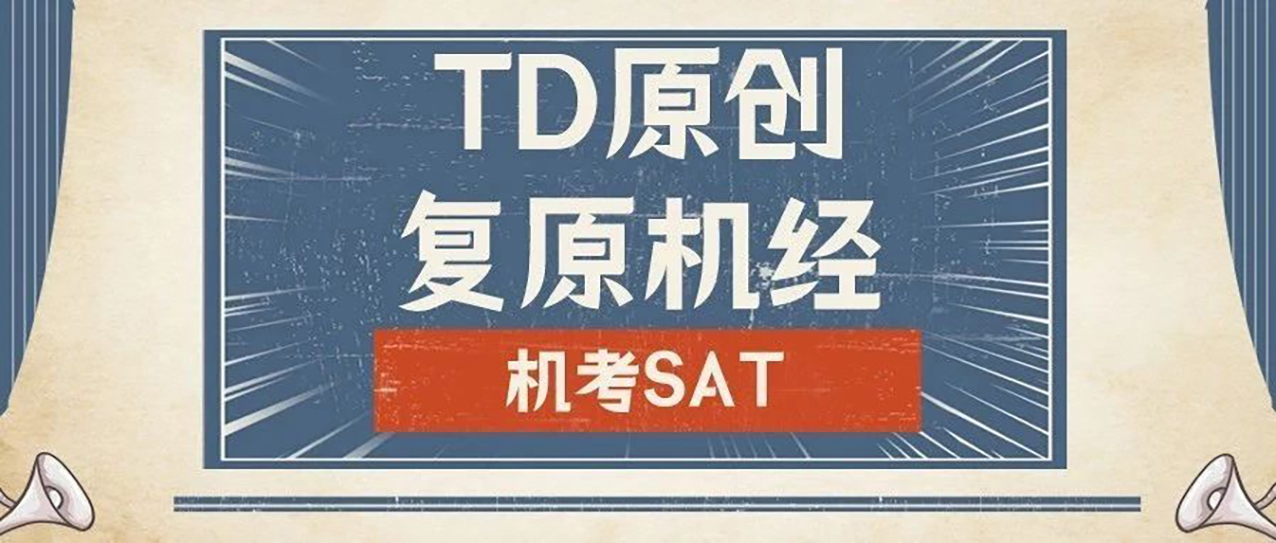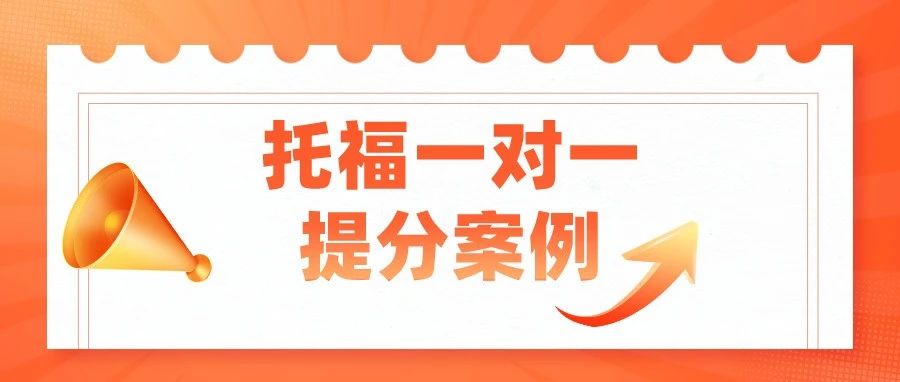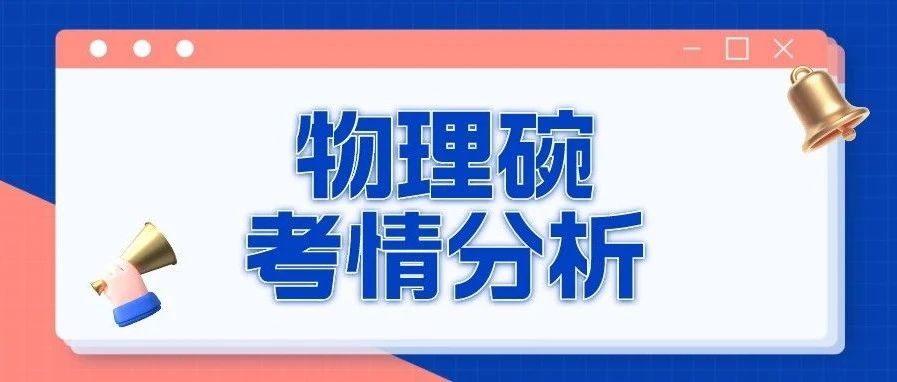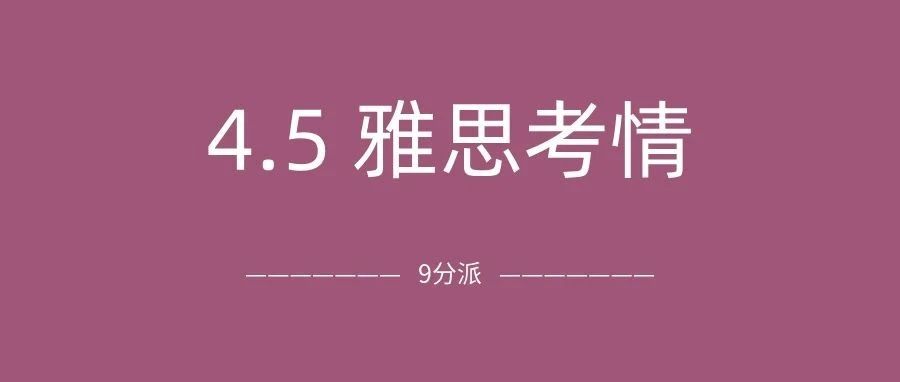之前我们有写过一篇关于文章大结构如何分析的文章,有的同学看完文章问我:老师,现在我终于知道结构的重要性了。但是
有一类题我几乎就没全对过——多选题!其实呢,多选题涉及到的就是关于小结构的考点内容了。所以我们今天的讨论核心就是
关于小结构中出现的这类多选题应该如何处理。
托福听力多选题确实属于听力考试中较难的一类题,这位同学所反映出的问题也绝不是个别现象。根据我之前的教学经验,很多学生在多选题的分析甚至预判方面其实都存在较多误区。

接下来我们一起分析一下,看看到底有哪些因素是干扰咱们同学做对该类题的“罪魁祸首”。
托福听力多选择题选错原因一:对提示词的反应速度慢
我们都知道,一般情况下,托福听力多选题所对应的原文内容往往会包含两类提示信息:
1. 数词;
2. 并列逻辑词
凭良心说,这种出题方式应该算是多选题中最人性、最简单的一种了。我们来看一道题,摸索一下规律:
托福听力多选题1.mp3
[audio mp3="https://www.testdaily.cn/wp-content/uploads/2021/04/getvoice-26.mp3"][/audio]
Now, Ramirez Jonas’ work can definitely be interpreted as a protest against a technology-filled society that isolates that distances people. In fact, that’s one of the two main reasons artists choose to create works of participatory art. And the other main reason they create art like this is that participatory art serves as a criticism of the power of traditional art institutions. So, typically, over the past fifty years, participatory art has not taken place inside museum.
According to the professor, what are two common motivations behind an artist's decision to create participatory art? Click on two answers
A. To help inexperienced artists improve their techniques
B. To encourage people to interact with one another in person
C. To find a way to get the community more interested in museums
D. To rebel against the influence of art museums
本题答案:BD
这道题比较简单,文中已经出现了很明显的两组提示词:
one of the two main reasons传递出的信息:前面这点属于原因一,而且一共有两个原因;
and和the other这两个并列提示词告诉我们接下来还有另一个原因要出现。其实这也是能帮助我们做考点预判的一类重要提示词。
所以这类多选题,重点就是要加强对于提示词的敏感度。给大家列举几类提示词:
1. 序数词:first, second, third...
2. 并列逻辑词:besides, in addition, other, and, plus, moreover...
3. 明显的数词:there are three major types of....
多去磨一磨自己的耳朵,加强你的反应能力。

托福听力多选择题选错原因二:无法应对高密度的信息
对于这种情况,我们先来做到题体验一下:
托福听力多选题2.mp3
[audio mp3="https://www.testdaily.cn/wp-content/uploads/2021/04/getvoice-27.mp3"][/audio]
You should be familiar with manatees. They’re large marine mammals that are found in warm water, coastal and river ecosystems; places where salt water and fresh water meet. In North America, they can be found in Florida and the Caribbean. The manatee’s habitat is often characterized by dark, murky water. As a result, it’s very difficult for manatee’s to see in this environment. It’s difficult to see any distance. It’s difficult to see any objects. Manatees don’t have very good vision anyway and unlike other marine mammals, such as whales and dolphins, manatees don’t use echolocation.
What are three factors mentioned by the professor that affect manatees ' ability to navigate?Click on 3 answers
A. Their large body size
B. Their poor vision
C. Their inability to echolocate
D. The rate of water flow in their habitat
E. The level of visibility in their habitat
本题答案:BCE
这道题同学们在听的时候可能听懂了,但全然没意识到:嗯?有题?!当时都讲了什么来着?

所以,我们可以发现:
另外一个导致托福听力多选题无法判断的因素就是信息密度。
如果信息点排列着出现,信息密度就很大,大家是很难瞬间都记下来。同学们记笔记时可能心理活动:慢点慢点,来不及了,记不完了!
我们来看一下原文的几个重点信息:
1. it's difficult 重复强调了两遍。所以在听的时候你要把重心放在difficult to see上,无论是distance还是object,归根结底都是——看不见!
2. don't have 否定信息要注意,但其实表达的内容跟前两句的difficult一样,都是看不见。因此,三句话的内容我们完全可以只用“× see”来记录即可。
3. unlike 它往往代表的比较或对比的关系,所以我们听的时候就要注意不同点到底是什么:don’t use echolocation
因此在做多选题时,平时的练习就需要注意正确的方法,同时还要提高听力的准确程度,学会从一堆关键词中提炼出你最想要的内容。
比如,如果像上文出现
多次重复的信息或内容表达时,你就要注意重复的内容到底是什么,并做好笔记;如果是存在
一些逻辑重音、停顿的特殊语气表达,也要引起注意,因此此处很有可能就有我们要重点理解的信息。

当然,其实信息密度高的同时,也会经常出现一些并列内容。所以建议同学们可以
将以上提到的这两点进行整合吸收。在做题时,可能事半功倍。
托福听力多选择题选错原因三:干扰选项
这一因素其实在刚才的这道题中也能体现出来,以选项D为例:
D. The rate of water flow in their habitat
water这个内容在原文中出现的频率次数较高,原文前半部分提到:海洋生物生活在什么样的水域,包括咸水和淡水区,以及dark、murky water。
这个时候同学们如果做题,会联想到之前这么多次的water信息重复,可能会被D选项的信息误导,从而选错。
所以这就需要同学们在平时做题时,
除了理解文章内容之外,也要对选项中的常见陷阱谨慎小心,及时避坑。

Admittedly,像语速、文章的语言难度、语言现象也会一定程度影响到题目的难度。我们有机会可以在以后的听力学习中慢慢探讨。
祝大家能跟在托福备考的路上披荆斩棘,顺利分手~
本文作者
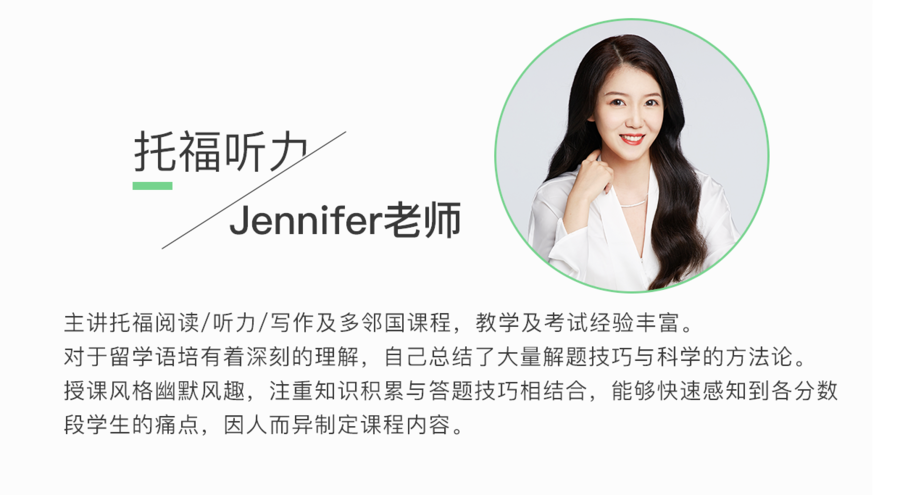
推荐阅读
?
托福听力文章结构我都听得懂,为什么还是做不对题?|托福听力备考干货
?
托福听力两周从25提到28分,我做了这几件事……-托福听力提分备考经验分享
?
托福听力如何快速提分?那些拿28+的人,都具备这4项能力!-托福听力提分方法分享
?
托福听力艺术类(Arts)背景知识:西方音乐史-古希腊罗马时期的音乐|托福听力背景知识资料免费下载
?
托福听力这2个练习方法你知道吗?精听和泛听该如何选择?怎样搭配提分效果更好呢?-托福听力提分技巧 接下来我们一起分析一下,看看到底有哪些因素是干扰咱们同学做对该类题的“罪魁祸首”。
接下来我们一起分析一下,看看到底有哪些因素是干扰咱们同学做对该类题的“罪魁祸首”。

 所以,我们可以发现:另外一个导致托福听力多选题无法判断的因素就是信息密度。
如果信息点排列着出现,信息密度就很大,大家是很难瞬间都记下来。同学们记笔记时可能心理活动:慢点慢点,来不及了,记不完了!
我们来看一下原文的几个重点信息:
所以,我们可以发现:另外一个导致托福听力多选题无法判断的因素就是信息密度。
如果信息点排列着出现,信息密度就很大,大家是很难瞬间都记下来。同学们记笔记时可能心理活动:慢点慢点,来不及了,记不完了!
我们来看一下原文的几个重点信息:
 当然,其实信息密度高的同时,也会经常出现一些并列内容。所以建议同学们可以将以上提到的这两点进行整合吸收。在做题时,可能事半功倍。
当然,其实信息密度高的同时,也会经常出现一些并列内容。所以建议同学们可以将以上提到的这两点进行整合吸收。在做题时,可能事半功倍。
 Admittedly,像语速、文章的语言难度、语言现象也会一定程度影响到题目的难度。我们有机会可以在以后的听力学习中慢慢探讨。
祝大家能跟在托福备考的路上披荆斩棘,顺利分手~
Admittedly,像语速、文章的语言难度、语言现象也会一定程度影响到题目的难度。我们有机会可以在以后的听力学习中慢慢探讨。
祝大家能跟在托福备考的路上披荆斩棘,顺利分手~



